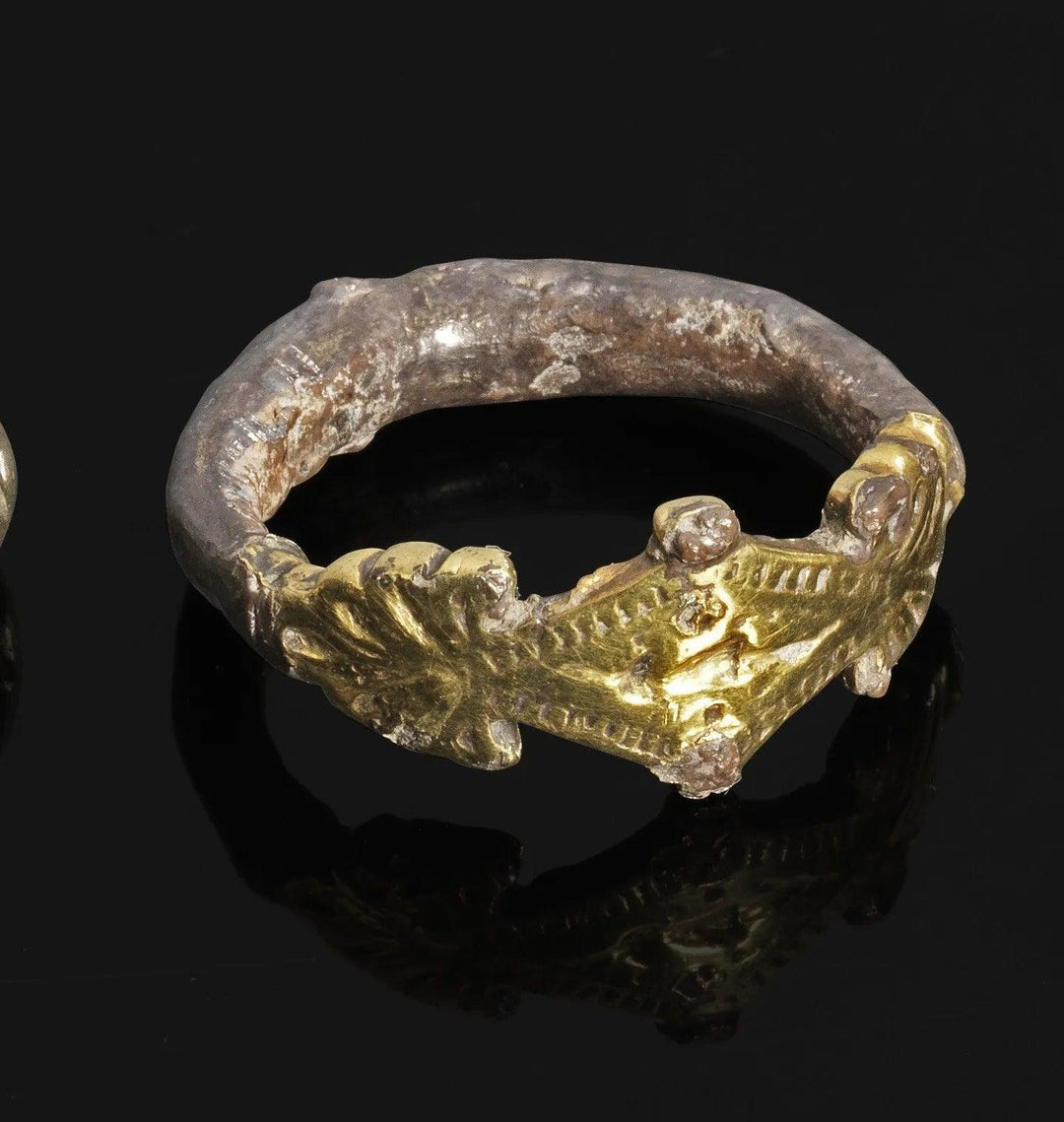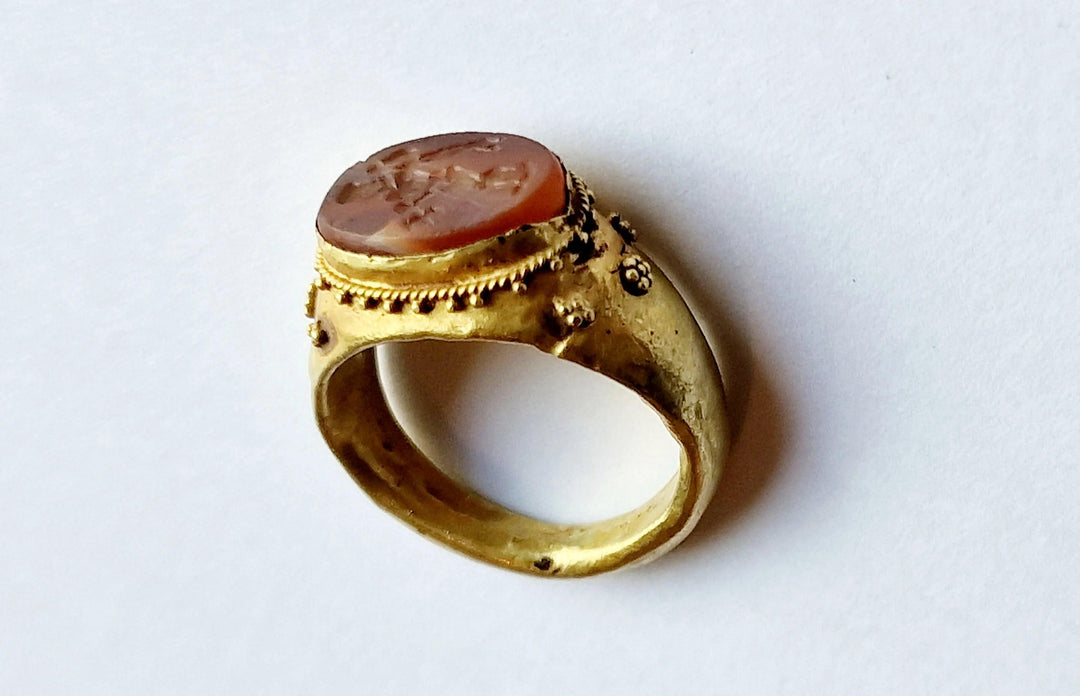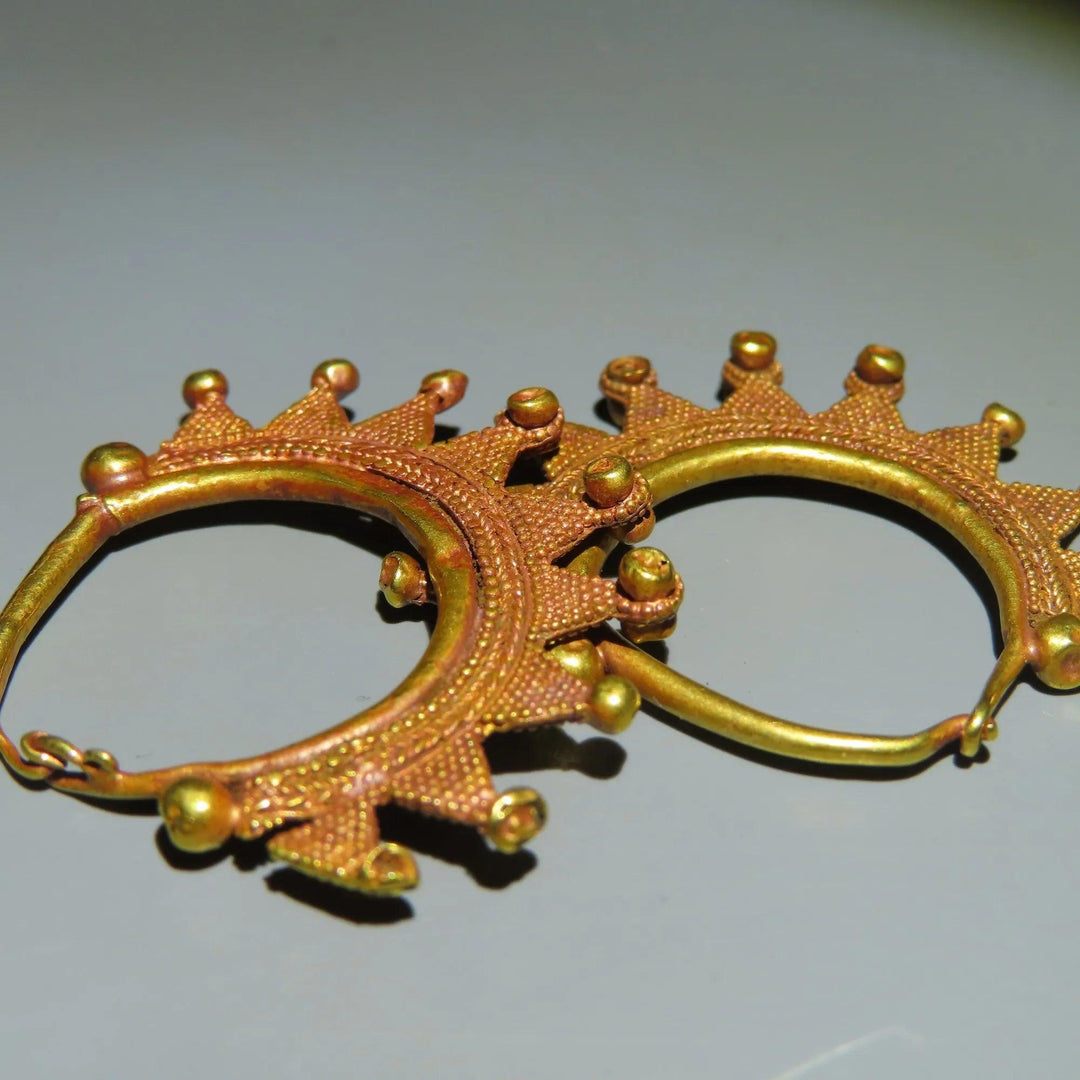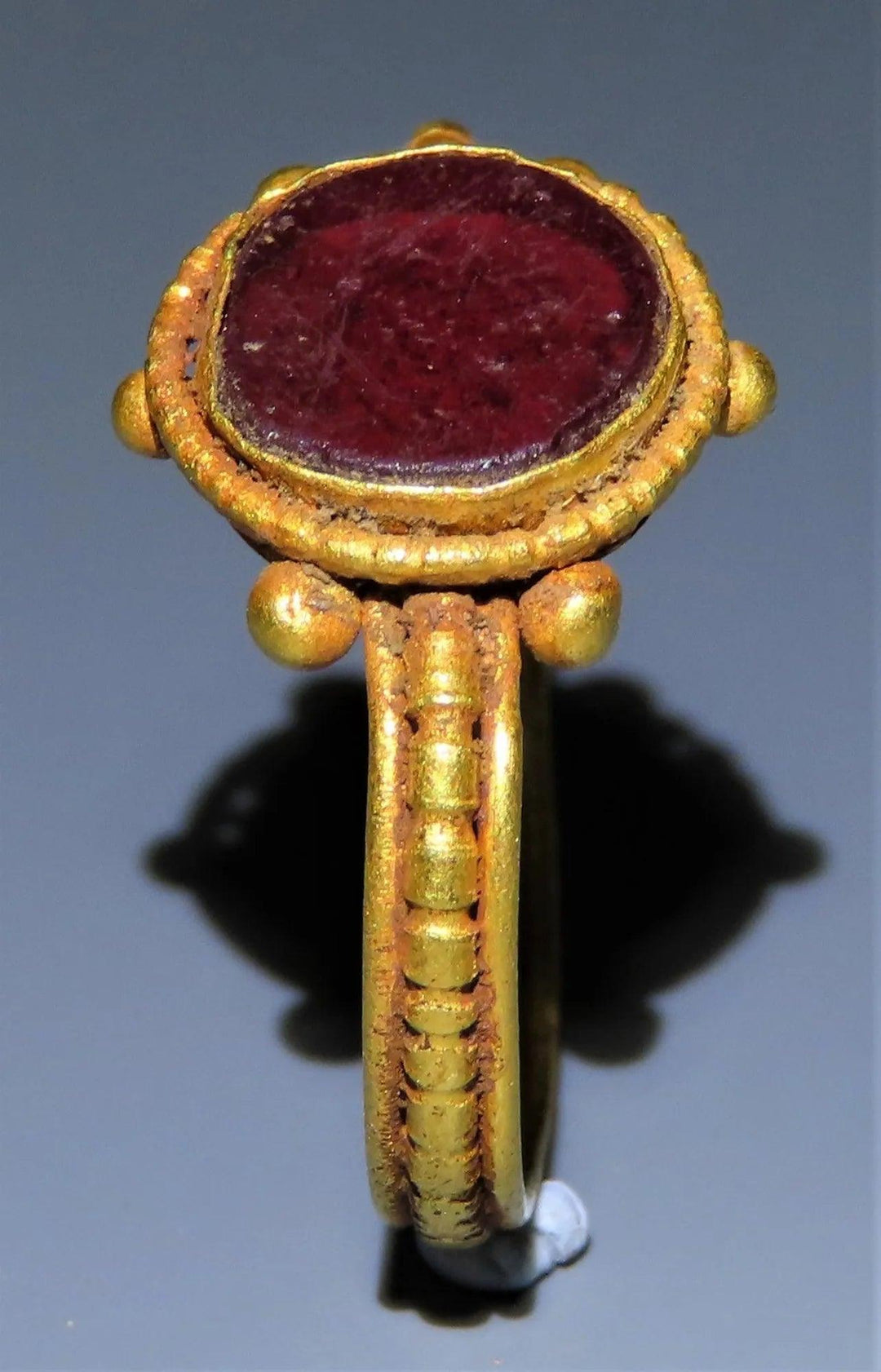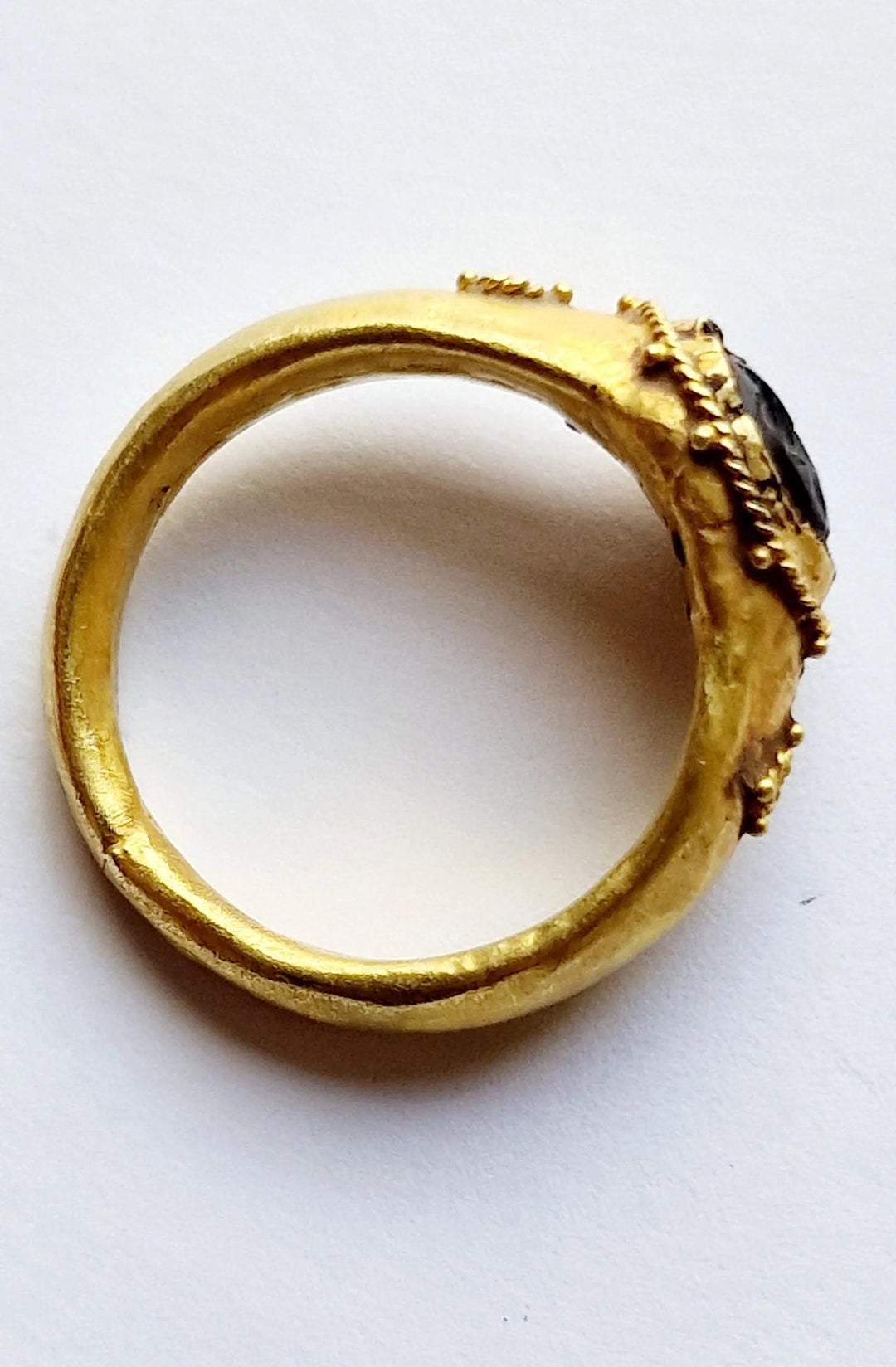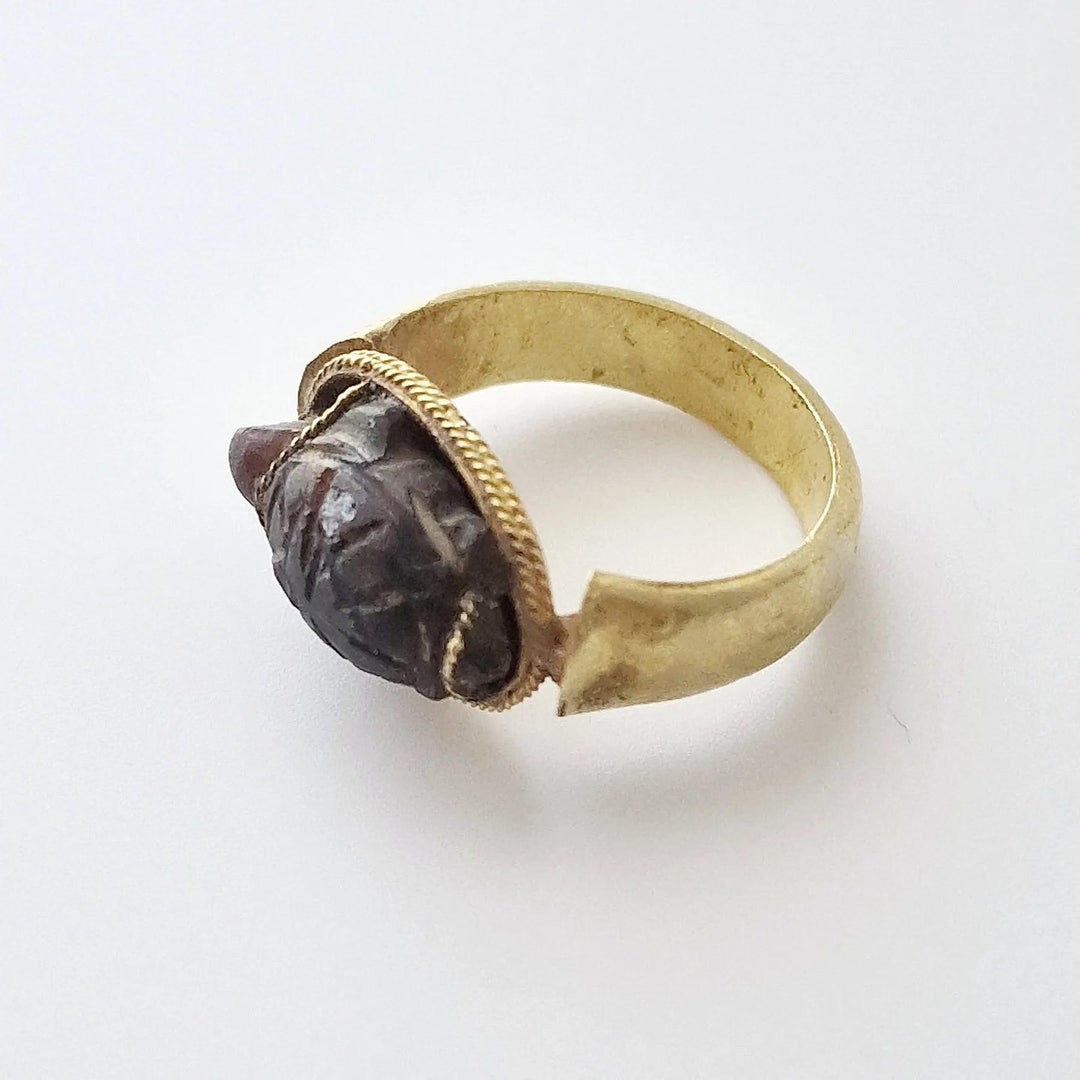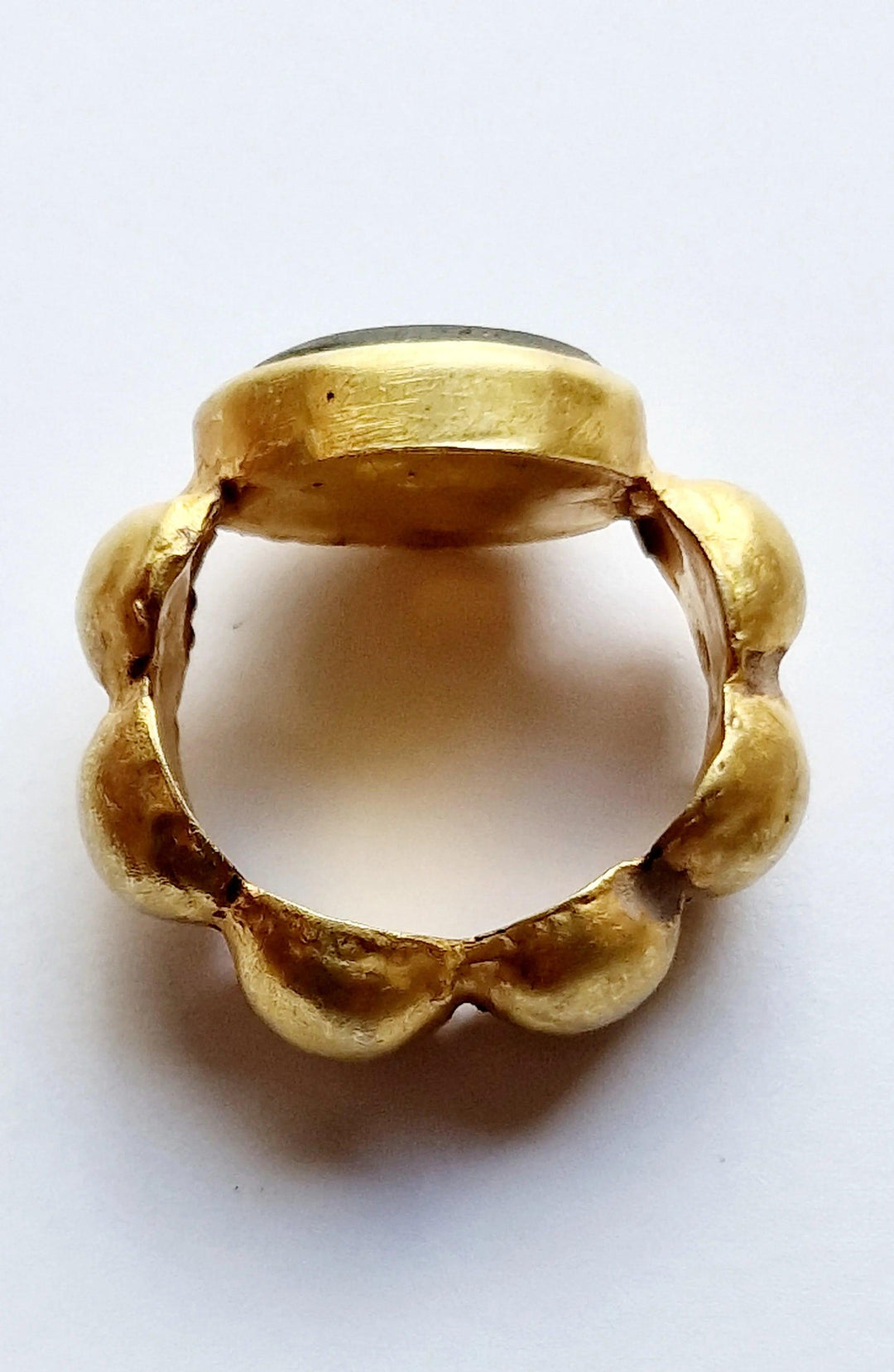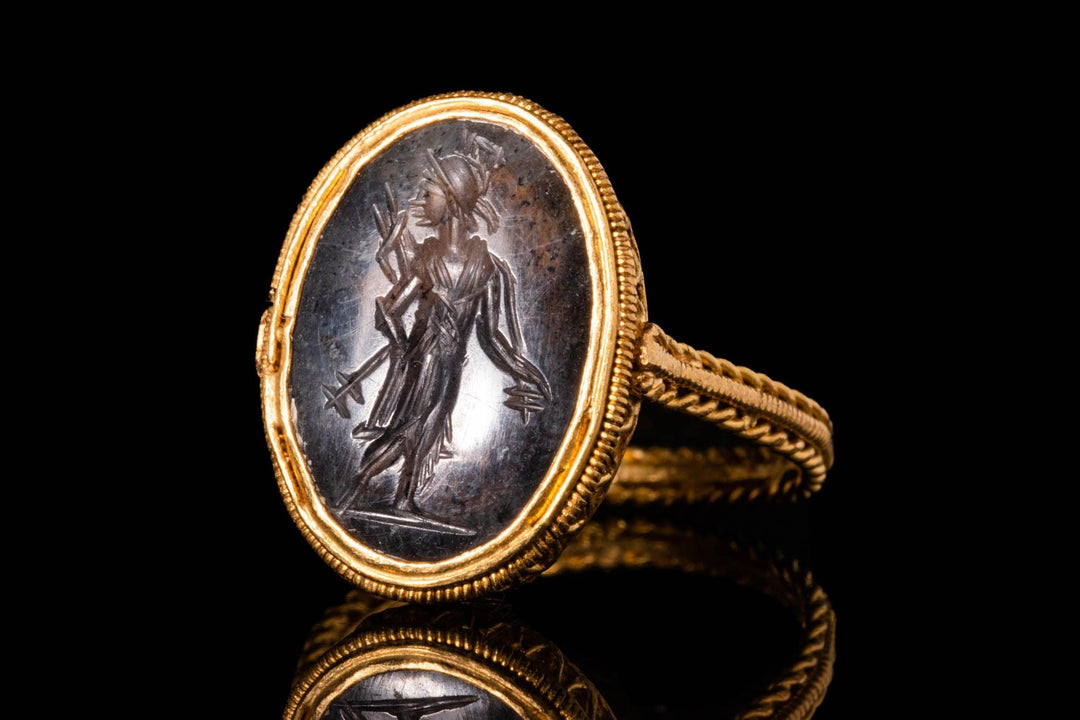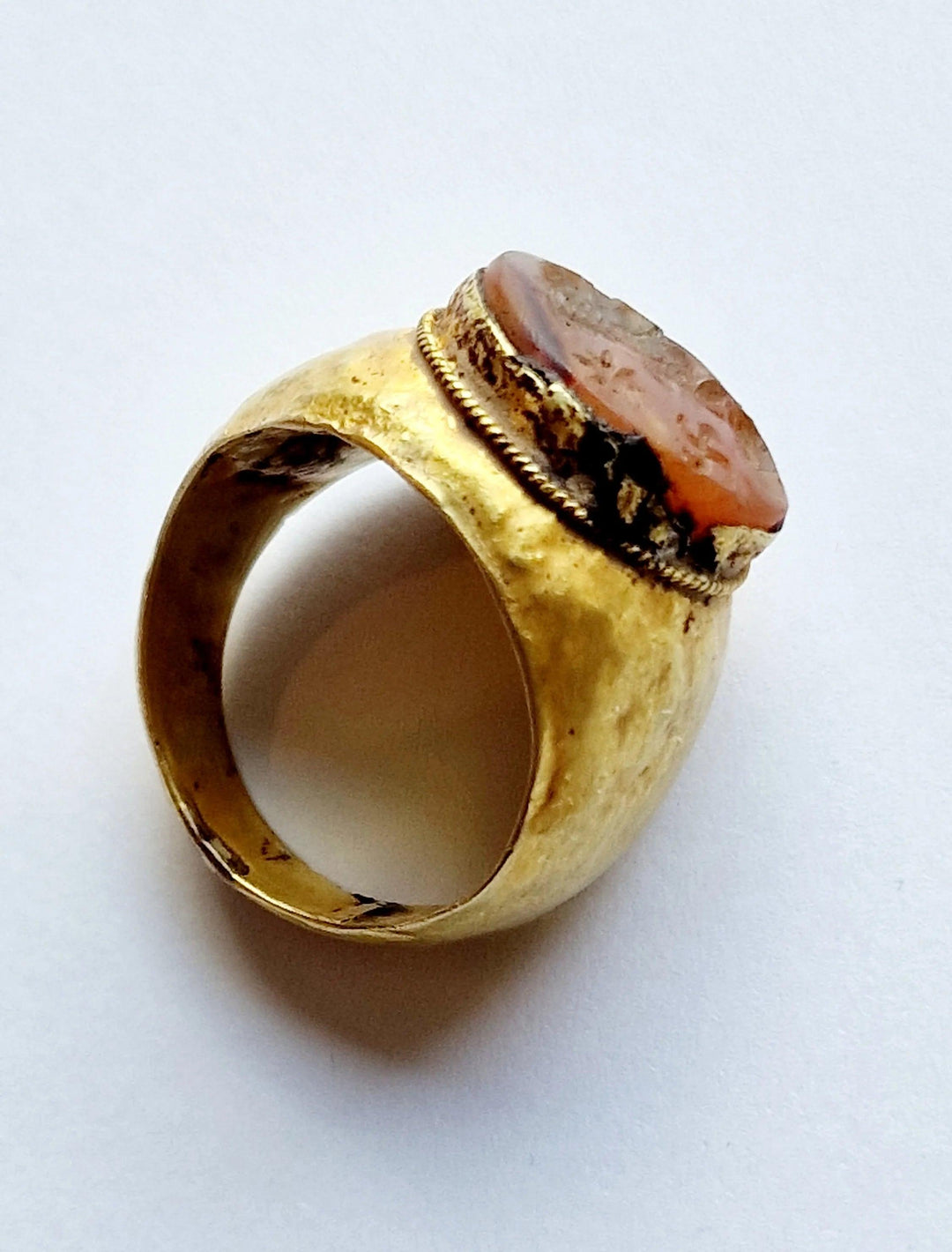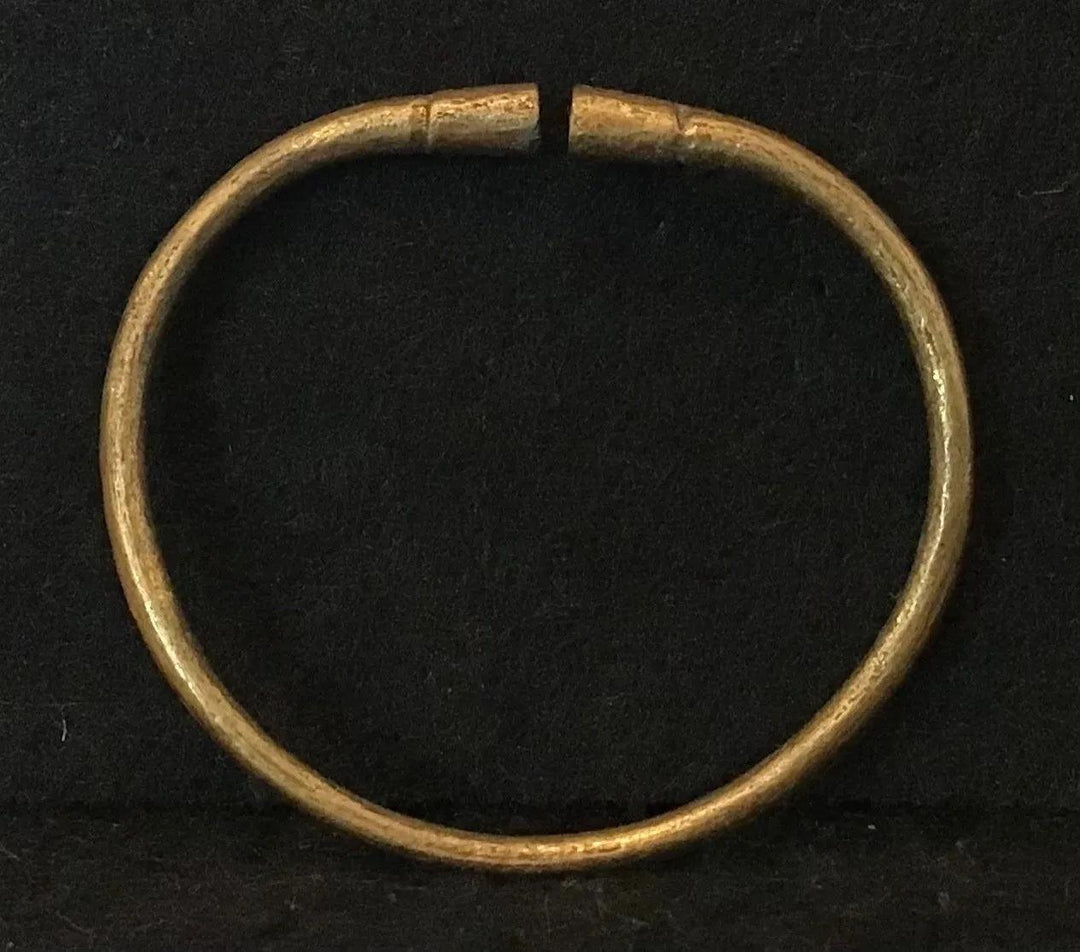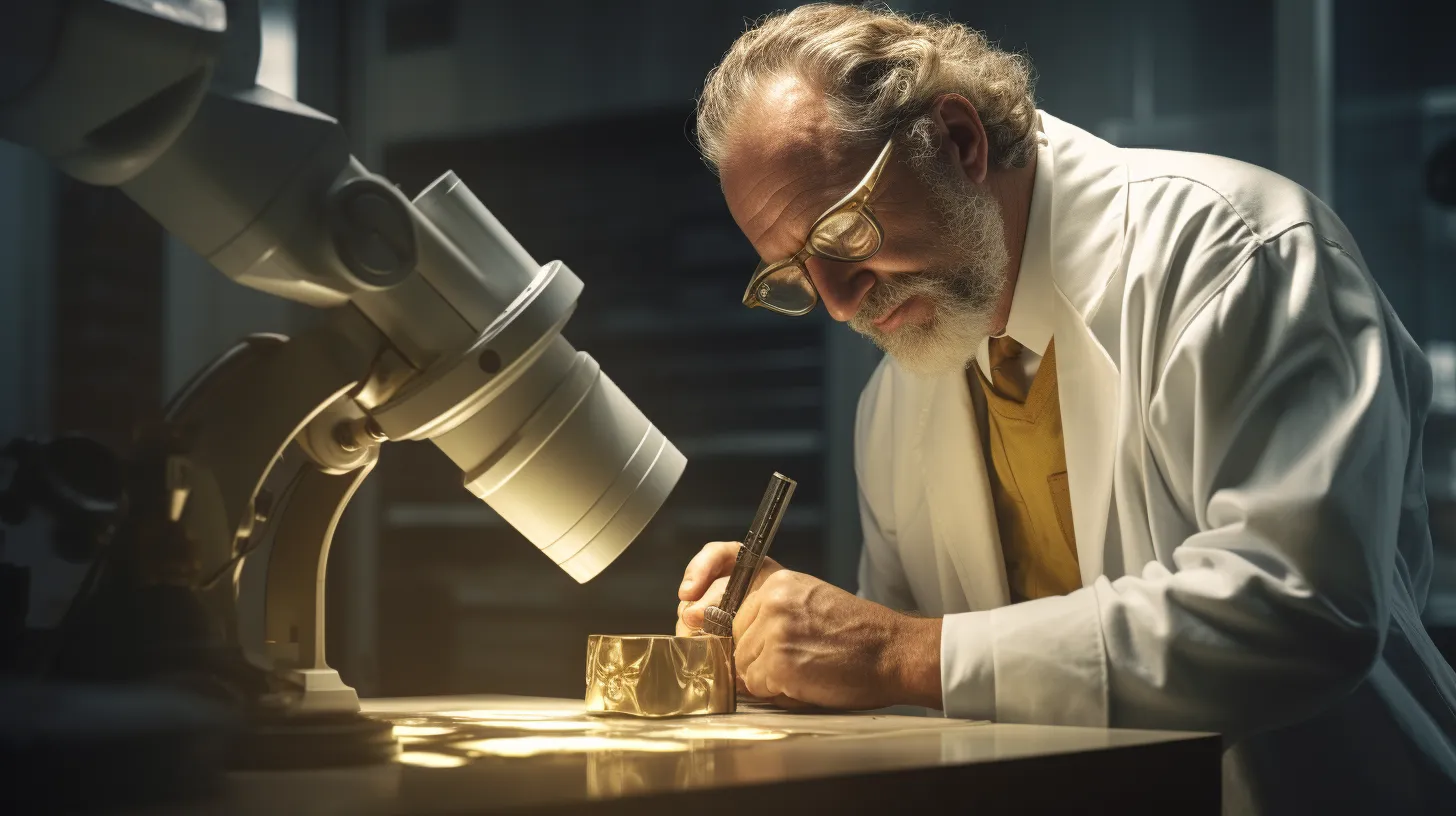
XRF Tested: Authenticating Archaeological Gold Treasures
In the world of archaeology and antiques, determining the authenticity and composition of gold items is paramount. X-ray fluorescence (XRF) testing has emerged as a key technology in this quest. This blog post will explore what XRF testing is, its importance in analyzing archaeological gold items, the insights it provides on different gold types, and how it adds value and security to customer purchases.
-
Understanding XRF Testing:
- X-ray fluorescence (XRF) is a non-destructive analytical technique used to determine the elemental composition of materials. In archaeology, XRF testing involves directing X-rays at an object and analyzing the secondary X-ray emissions. These emissions provide a unique fingerprint that identifies the elemental composition of the tested item, crucial for understanding the make-up of gold artifacts.
- X-ray fluorescence (XRF) is a non-destructive analytical technique used to determine the elemental composition of materials. In archaeology, XRF testing involves directing X-rays at an object and analyzing the secondary X-ray emissions. These emissions provide a unique fingerprint that identifies the elemental composition of the tested item, crucial for understanding the make-up of gold artifacts.
-
Importance of XRF in Archaeology:
- For archaeological items, particularly those made of gold, XRF testing is invaluable. It helps in verifying the purity and origin of the gold, discerning between different alloys used historically, and identifying any restorations or modifications. This data is critical not only for academic research but also for establishing the authenticity and value of these items.
- For archaeological items, particularly those made of gold, XRF testing is invaluable. It helps in verifying the purity and origin of the gold, discerning between different alloys used historically, and identifying any restorations or modifications. This data is critical not only for academic research but also for establishing the authenticity and value of these items.
-
XRF Results and Gold Types:
- XRF testing can distinguish between various types of gold found in archaeological items, like pure gold (24 karats), lower karat gold alloys mixed with copper or silver, and gold-plated items. It can also detect trace elements that may indicate the geographical origin of the gold. These insights are crucial in understanding the historical and cultural context of the artifacts.
- XRF testing can distinguish between various types of gold found in archaeological items, like pure gold (24 karats), lower karat gold alloys mixed with copper or silver, and gold-plated items. It can also detect trace elements that may indicate the geographical origin of the gold. These insights are crucial in understanding the historical and cultural context of the artifacts.
-
Benefits and Security for Customers:
- When customers purchase an archaeological item that has undergone XRF testing, they receive a level of assurance about the item's authenticity and quality. This testing guarantees that the gold is as described, whether it's pure, alloyed, or plated. This transparency builds trust and confidence among buyers, ensuring they make informed and secure investments in their collectibles.
XRF testing plays a crucial role in the world of archaeology and antique dealing, especially for gold items. It offers a scientific method to determine the composition and authenticity of these precious artifacts. For collectors and enthusiasts, the assurance that comes with XRF-tested items means investing in a piece of history with confidence and peace of mind. By embracing this technology, we not only safeguard the integrity of our historical treasures but also enhance the value and credibility of the antiques market.




